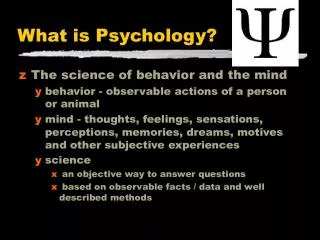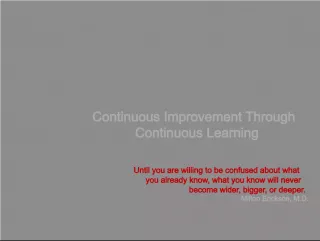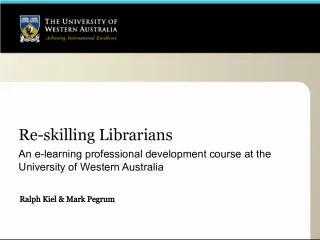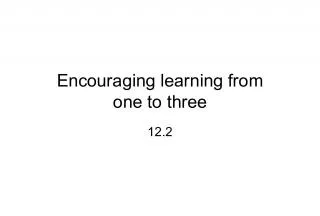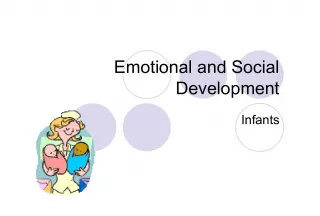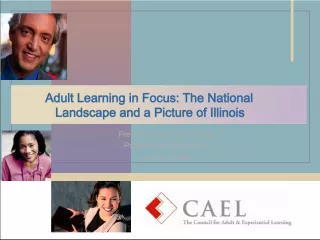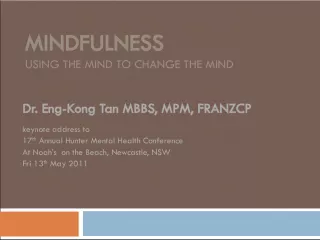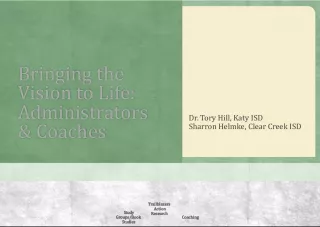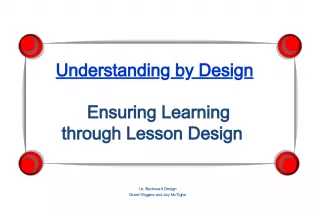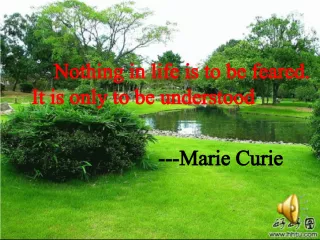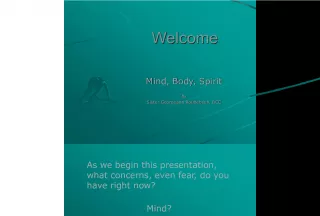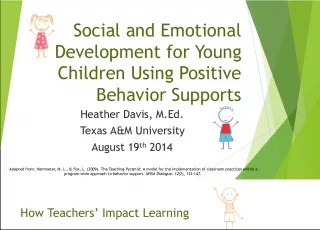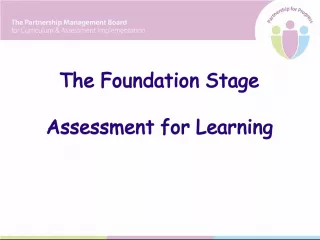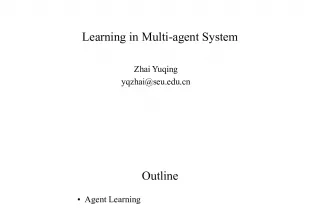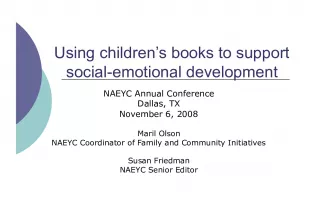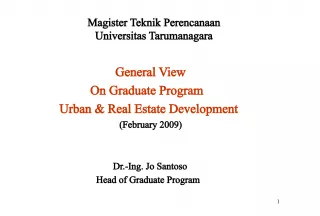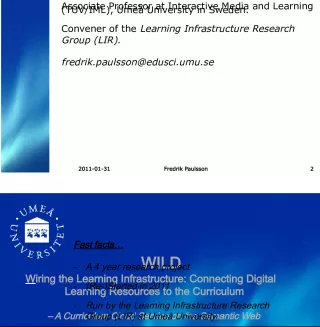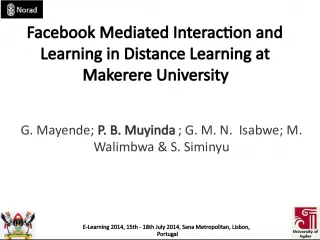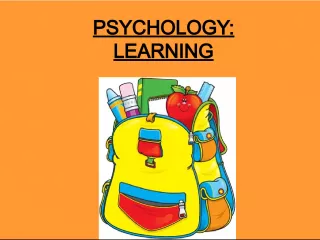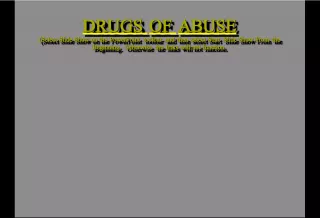Intellectual Development from One to Three: Understanding Learning and the Mind


This article focuses on the intellectual development of children aged one to three years old, with an emphasis on understanding learning and the mind. The concept of intelligence is explored,
- Uploaded on | 5 Views
-
 glenalvarez
glenalvarez
About Intellectual Development from One to Three: Understanding Learning and the Mind
PowerPoint presentation about 'Intellectual Development from One to Three: Understanding Learning and the Mind'. This presentation describes the topic on This article focuses on the intellectual development of children aged one to three years old, with an emphasis on understanding learning and the mind. The concept of intelligence is explored,. The key topics included in this slideshow are . Download this presentation absolutely free.
Presentation Transcript
Slide1Intellectual Development from One to Three Intellectual Development from One to Three Intellectual Development from One to Three Intellectual Development from One to Three Understanding Learning and the Mind Understanding Learning and the Mind
Slide2Intelligence• The ability to interpret or understand everyday situations and to use that experience when faced with new situations or problems.
Slide3Methods of Learning• Incident learning – Unplanned learning • Trial and error learning – Trying several solutions before finding one that works • Imitation – Learning by watching and copying others • Direct learning – Learning that results from being taught
Slide4The Mind at Work• Attention • Memory • Perception • Reasoning • Imagination • Creativity • Curiosity
Slide5Attention• Sensory information Block out • 1-3 year olds, short attention span • Increases as child gets older. Better able to block out outside distractions.
Slide6Memory• Without memory NO LEARNING • As child gets older, they are better able to react to a situation by remembering similar experiences.
Slide7Perception• Perception: Information received through the senses • Caregivers play a key role in developing perception – Use descriptive observations “Look at the blue coat. Your shirt is blue, too. Let’s see what other blue things we can find.”
Slide8Perception• 2 and 3 year olds constantly ask – Why – What’s that – How does it work • Mr. Warkentin constantly asks why .. What’s that .. Just like a 2 year old.
Slide9Perception• If the response is usually an absent- minded … uh-huh, because, or don’t bother me now—I’m busy … the child eventually stops asking questions.
Slide10Reasoning• Mr. Cove has no sense of reasoning. • Reasoning is the basic ability to solve problems and make decisions. • Babies show the beginning of simple problem solving ability at about 4-6 months. • 1-3 year olds gradually learn more sophisticated reasoning skills.
Slide11Imagination• Imagination becomes apparent at about 2 years of age (no one knows if babies have imagination). • Active imagination enhances learning • Respect a child’s imagination and respond carefully.
Slide12Creativity• Imagination is used to produce something.
Slide13Encouraging Creativity• Encourage play activities that depend on exploration and imagination. • Provide toys that can be used in more than one way. • Provide unstructured time. • Remember that the process of creativity is more important that the product. • Praise the child’s efforts with deeds as well as words.
Slide14Curiosity• Curiosity fuels brain development and learning. • Sometimes parents stifle that curiosity by overprotecting the child or the home. • Patience and humor are essential.
Slide15Intellectual Development from One to Three Intellectual Development from One to Three Intellectual Development from One to Three Intellectual Development from One to Three Encouraging Learning from One to Three Encouraging Learning from One to Three
Slide16Readiness for Learning• Children can learn a new skill only when they are physically and intellectually ready. When adults push children to learn things they aren’t ready for, the children can’t succeed. A sense of failure may slow the child’s learning, rather than increase it as the adult had intended.
Slide17Guiding Learning• Give your time and attention • Take advantage of simple learning opportunities • Allow time for thinking • Give only as much help as the child needs to succeed • Encourage children to draw their own conclusions • Show how to solve problems • Maintain a positive attitude • Keep explanations simple and on the child’s level • Allow children to explore and discover • Help the children understand the world and how it works • Take frequent breaks
Slide18Speech Development• In the toddler and preschool years, language abilities grow at a very rapid pace. As with other areas of development, children vary greatly in the timing of their speaking skills.
Slide19Speech Development• Between their first and second birthdays, children work at learning new words. They like to learn the names of everything and they enjoy listening to the sounds words make. – 12 months – 2 – 8 words – 2 years old – 200 words
Slide20Speech Development• A child’s language development is strongly influenced by how caregivers and older children speak to him or her. Therefore, using “baby talk” can hinder a child’s speaking skills.
Slide21Encourage languagedevelopment and learning in toddlers by: • Talking to them about their lives. • Speaking in a clear and engaging way. • Take time to describe whatever you are seeing and doing.
Slide22Age 1 – 2:• Children use one or two words rather than a whole sentence to express a thought • Example: “Water” means “I want a drink of water”
Slide23Age 2:• Children combine a few words to make short sentences • Example: “Doggie bark”. “Jimmy fall down”
Slide24Age 2 ½:• Children begin to learn some rules of grammar. Child begins to add an s to words to make them plural. • Example: Hand Hands, Eye Eyes, Foot Foots, Tooth Tooths
Slide25Speech Difficulties• Many parents are concerned about “late talkers”. Some make the mistake of pressuring the child who talks late or whose speech is unclear. Most often, this pressure just makes the child aware of the problem and may make it worse. • A child who doesn’t seem to understand what is said and doesn’t speak at all or who speaks very little should be examined.
Slide26Speech Difficulties• Speech-language pathologists are specialists trained to detect and correct speech problems. Poor hearing, cognitive disabilities, learning disabilities, and emotional problems may slow a child’s speech. • Articulation is the ability to use clear, distinct speech. Some children skip syllables or leave off the endings of words. These problems usually correct themselves in time.
Slide27Speech Difficulties• A speech language pathologist can determine whether a problem is likely to go away over time or if therapy is needed. • Avoid constantly correcting a child’s pronunciation. Instead be careful to set a good example with your own speech.
Slide28Stuttering• Stuttering is a more serious speech difficulty for young children. A true stutter can be identified by the rhythm, pitch, and speech of speech. It is rapid, forced, and short and sharp in sound. Usually, the child repeats only the beginning sound of a word. • The cause or causes of stuttering are still not clearly understood. Some children need the help of a speech-language pathologist to overcome the problem. Most children who stutter, however, often outgrow it.
